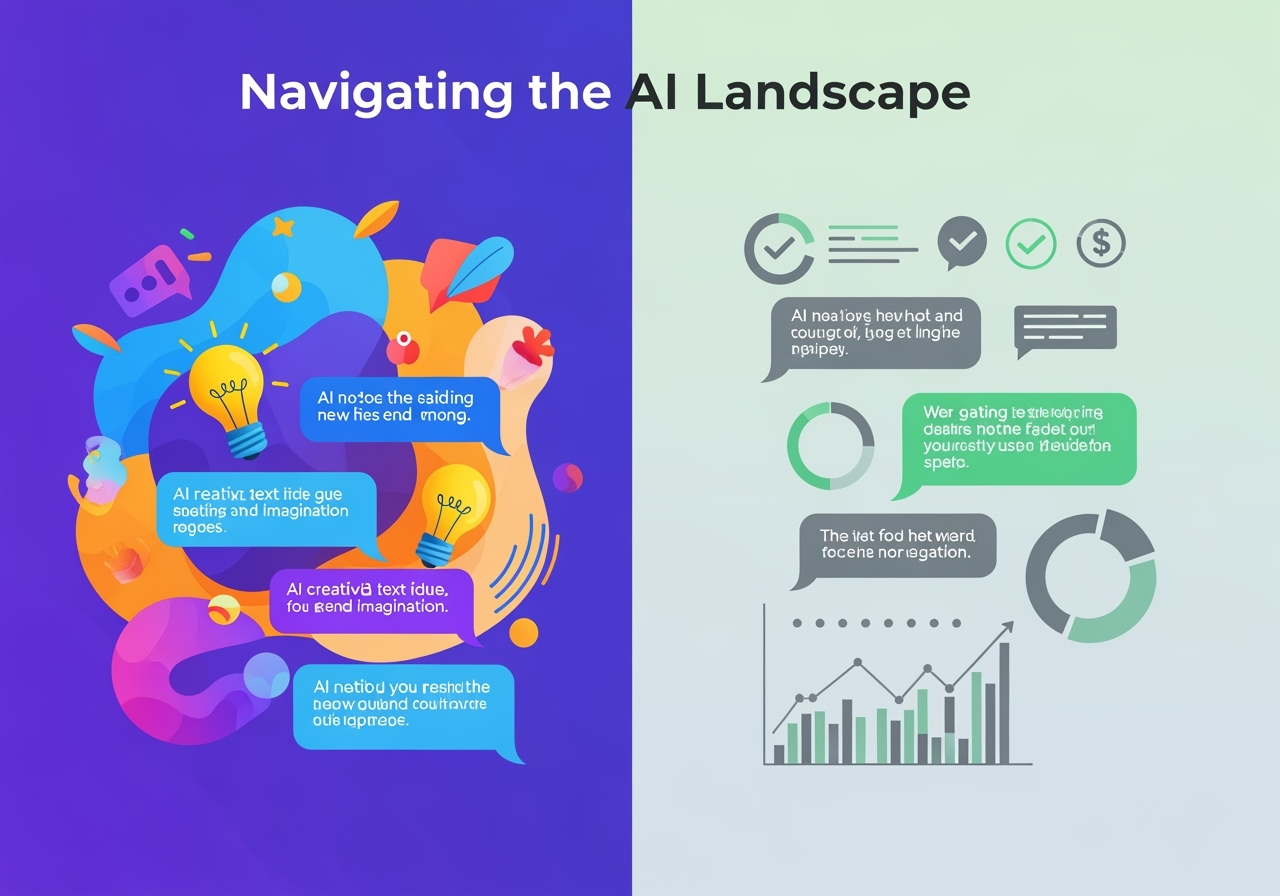The Future of AI: OpenAI's Approach to Hallucinations and Its Implications

OpenAI's recent approach to addressing the issue of AI hallucinations—instances where artificial intelligence generates false or misleading information—has sparked significant debate within the tech community. While the intention behind this solution is to enhance the reliability and accuracy of AI systems, some experts argue that its implementation could fundamentally alter, or even diminish, the functionality of tools like ChatGPT.
Understanding AI Hallucinations
AI hallucinations occur when an AI model produces confident but incorrect responses, creating challenges for users seeking accurate information. These occurrences can range from simple errors, like incorrectly stating a fact, to more complex misunderstandings of context or nuance. This phenomenon raises critical concerns, particularly in scenarios where users depend on AI for essential tasks such as medical advice, legal guidance, or educational support.
The Need for Accuracy
As AI becomes more integrated into various sectors, the demand for accurate and reliable information has never been greater. Users need to trust that the responses they receive are based on factual data and not the result of an algorithm's misinterpretation. In industries where misinformation can have serious consequences, the stakes are incredibly high. Thus, OpenAI's exploration of solutions to mitigate hallucinations is not just a technical challenge but a moral imperative.
OpenAI's Proposed Solution
OpenAI proposes a framework that could limit these inaccuracies by constraining the model's responses to more factual, verified data. This could involve integrating more rigorous filtering processes, employing real-time fact-checking mechanisms, or using databases of verified information as a reference point. The goal is clear: to create an AI that can provide trustworthy answers and enhance user confidence.
The Potential Drawbacks
However, critics caution that such restrictions might hinder the conversational and creative abilities that have made AI chatbots popular and engaging. For instance, if the model is overly constrained by a strict adherence to factual correctness, it may lose its ability to engage in creative brainstorming or to provide diverse perspectives on complex issues. This loss could make interactions feel mechanical and less human-like, which is one of the key advantages that users appreciate in AI technologies.
The Balance Between Reliability and Creativity
The tension between ensuring factual accuracy and maintaining an AI’s versatility raises important questions about the future of AI interactions and its role in our daily lives. As we increasingly rely on these systems for communication, decision-making, and creativity, striking a balance becomes paramount.
User Expectations
User expectations play a crucial role in shaping how these systems evolve. Many people appreciate the spontaneity and unpredictability that come with interacting with an advanced conversational AI like ChatGPT. These characteristics allow users to explore ideas freely, engage in thought experiments, and receive answers that resonate with their unique contexts. If these capabilities are curtailed in favor of stricter accuracy measures, users might find themselves navigating a less fulfilling interaction.
Industry Implications
The implications of OpenAI's proposed solutions extend beyond just user experience; they also impact various industries that are beginning to integrate AI tools into their workflows. For example:
Healthcare
In healthcare settings, where AI could potentially assist in diagnostics or patient communication, accuracy is non-negotiable. Any hallucination could lead to misdiagnosis or inappropriate treatment plans. If OpenAI's solutions make chatbots more reliable in this context but limit their creative output (such as exploring nuanced patient concerns), it could have negative repercussions.
Education
In educational contexts, where students use AI for learning assistance or homework help, maintaining a balance between creativity and accuracy is equally crucial. If students perceive AI tools as rigid fact dispensers devoid of nuance or critical thinking engagement, their educational experiences may suffer.
Creative Industries
Moreover, in creative fields such as writing, marketing, or design—where collaboration with AI can lead to groundbreaking ideas—the loss of imaginative capability could stifle innovation. If AI is unable to suggest bold concepts or think outside established parameters due to rigid constraints on factual accuracy, entire industries could miss out on transformative ideas.
Moving Forward: A Collaborative Approach
As we look forward into the landscape of artificial intelligence and its capabilities, a collaborative approach may be the best path forward. Engaging diverse stakeholders—including ethicists, technologists, industry experts, and users—in discussions about how to manage hallucinations while maintaining creativity will be essential.
Ongoing Research
Moreover, ongoing research into how AI systems learn from user interactions can lead to better solutions that allow for a rich tapestry of responses while still minimizing inaccuracies. Developing models that adapt over time based on feedback might create avenues for reducing hallucinations without sacrificing creative engagement.
Conclusion: The Journey Ahead
In conclusion, OpenAI's approach to addressing hallucinations represents a significant step forward in enhancing the reliability of artificial intelligence technologies. However, it simultaneously brings forth critical questions about user experience and the multifaceted nature of creativity in human-AI interactions. Balancing these priorities will be essential as we navigate this rapidly evolving field. As we continue this journey together—with thoughtful dialogue and innovative experimentation—we can shape a future where artificial intelligence serves not only as a reliable companion but also as an inspiration for creativity and exploration in every aspect of our lives.
